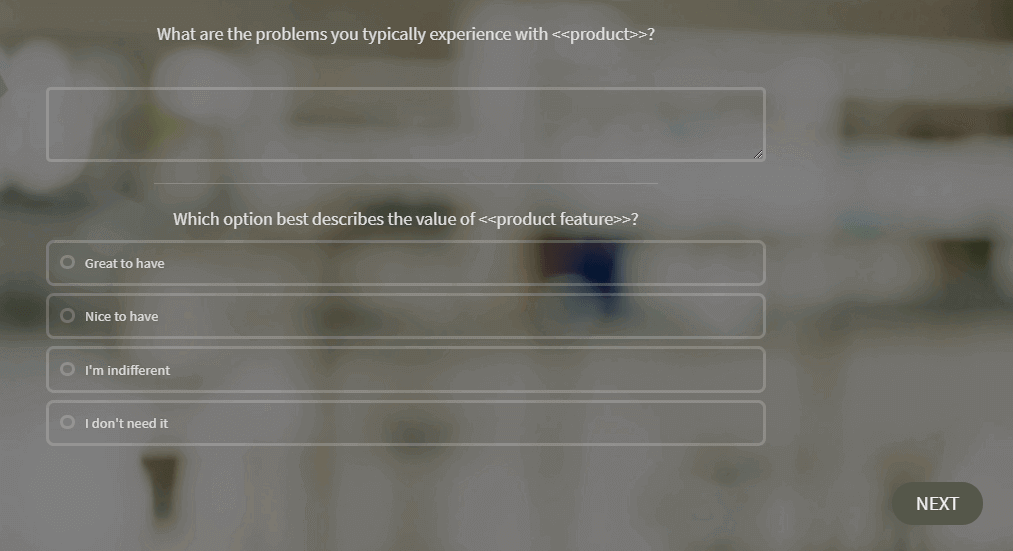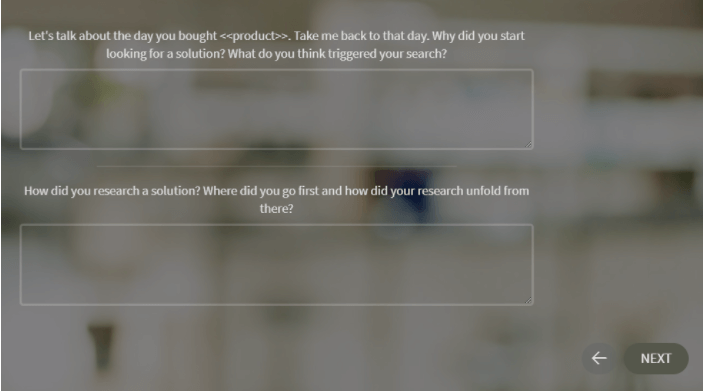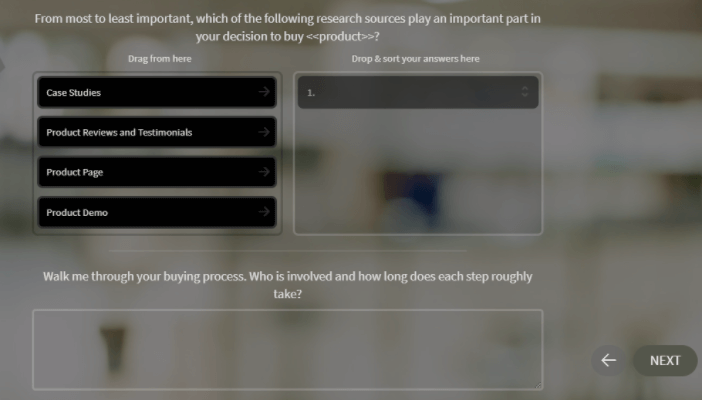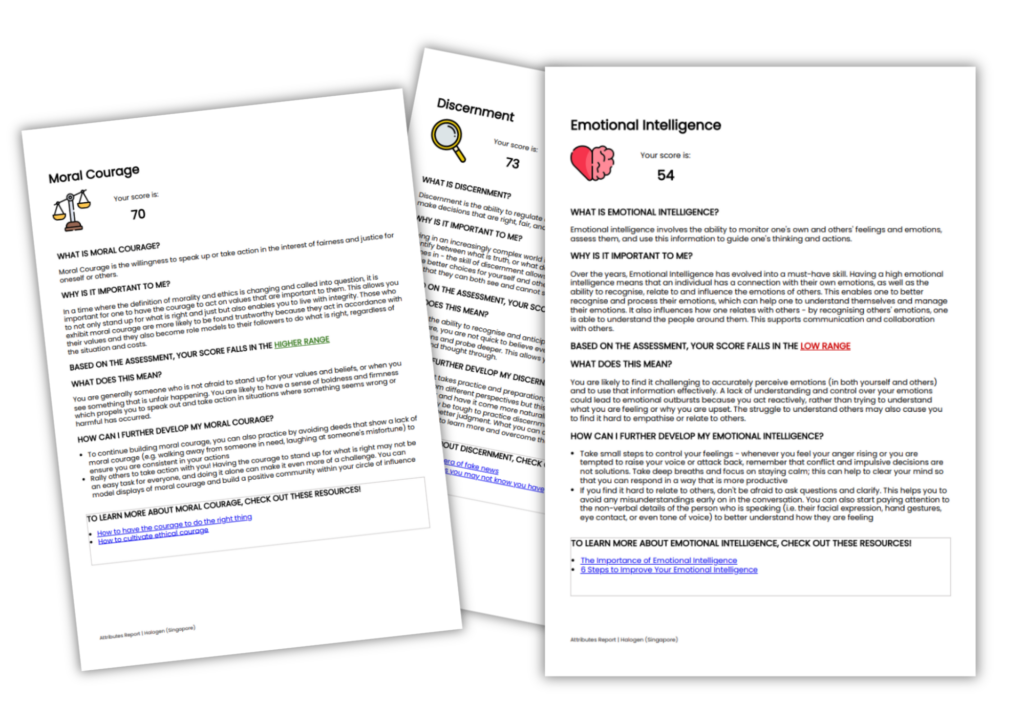Buyer personas are the heart of your marketing strategy. Whether you’re offering consulting or advisory services, you’re not going to make much of an impact unless you know who your prospects are. Getting your buyer personas right is critical.
Research by Hubspot shows that using marketing personas resulted in prospects finding websites 2 to 5 times easier to use. Persona-driven personalized emails improve CTRs by 14% and conversion rates by 10%.
Your buyer personas are only as good as the assessments that you use to gather data. It’s easy to ask the wrong questions and create personas that have no relevance to your services.
Here’s how you can create powerful assessments that will help you gather the data that will impact your business.
Focus on emotional drivers
Most buyer persona interviews proceed like interrogations. The marketer asks their prospect demographic questions like what they do for a living, their age, their income, and so on. Dull. Dry. Boring.
Sure, it’s necessary to ask these questions, but you can gather them pretty easily through a gated content form or a preliminary survey. Many marketers make the mistake of treating demographics as the ultimate goal of gathering data.
It’s easy to see where this misconception arises. Paid ads form an important part of the sales funnel, and it’s hard to run them without demographic data. However, demographics don’t get people to call you and pay for your services. Emotions do.
Create questions that help you understand how your prospects feel about your product or service. Figure out the value they’re trying to create when they opt for your services. Create messaging and communication that speaks to these emotions, not their demographics.

Uncover triggers
When asking questions about what triggered buying decisions, allow your prospects to answer in narrative format. If you ask them directly what their buying motivation was, you’ll receive a coherent answer. However, it might also be the wrong one.
After all, buying triggers might originate from anywhere. An answer in narrative form allows you to mine for genuine buy triggers. This is a tedious process and requires more work than collecting straightforward answers.
However, you’ll receive valuable information that you can relate to your prospects’ value-drivers. For example, if your prospect decided to search for change management advisory services, was it internal pressure that triggered this decision or a below-par KPI in a report?

The surface level driver might be the KPI, but internal drivers such as poor process feedback assessments often surface before KPIs are documented. Your prospect might indicate a KPI, but you’re better served by emotionally resonating with the internal pressure that your prospect might feel.
It also helps to get your prospect to describe (in narrative format) what their process would look like after implementing your solution or what they expect to receive once they’ve contracted your services. This way, you’ll gain more insight into what they value.
Returning to the change management example, your prospect might tell you that they wish to see better KPI’s. However, you already know their emotional drivers are something else. Ensuring your service fulfills those requirements will help you deliver more value.
Put a price on value
The money conversation is an awkward one no matter which stage of your business you’re in. Eventually, that moment arrives when everyone takes a deep breath and starts talking about money. Figuring out how to price your services is a tough task.
It’s easy to state that you should simply ask your prospect. However, much like their value drivers, your prospects might not give your question enough thought or might not be aware of their price thresholds.
Money is an emotional topic, and often, your prospects will decide based on how they feel about the value you’re delivering. Counterintuitively, the best way to account for this emotional variance is to ask your prospects rational questions.
A popular price determination model, the van Westendorp model, uses this technique. Prospects are asked 4 clear questions. These are:
- At what price is the service too expensive?
- What is the price at which would you begin to feel that the service’s quality will be poor?
- What is the price at which you would begin to feel that the product is getting expensive, but you’d still consider buying it?
- At which price is the service/product a bargain?
Between these 4 answers, you’ll receive a good picture of what your prospects value and, more importantly, what they’ll pay for that value. Tie these prices to value assessments back to your persona categories, and you’ll have a clear pricing page structure.
Figure out each persona’s journey
In an ideal world, your prospects will be so blown away by your product page that they’ll rush to click the buy button or give you a call immediately. However, prospects rarely live in ideal worlds. More often than not, they’ll take seemingly excruciating days or weeks to pull the trigger.

Instead of sitting in the dark over whether you need to nurture your prospect more or whether they’ve exited your funnel, gather data about how long they’ll take to make a buy decision. You might not receive precise data, but it will help you ballpark how long you can expect them to take.
If your ticket size is large, this is an especially important question to ask. Often, the price tag attached to a service or product puts people off, no matter the value they perceive. If you’ve tied your pricing strategy to personas correctly, your prospects should take some time before buying.
Ask them how long they think this will be, and you’ll know the extent to which you need to keep nurturing your leads before they buy.
Create action items
Most marketers go through the entire persona creation process only to set their persona documents aside and let them gather dust. Buyer personas can come across as being overly academic, and you might not be able to slot every single prospect neatly into those categories.
However, this doesn’t mean you should consign them to the rubbish bin once you’re done gathering data. Create follow-up and action items for yourself and your team. For example, you could create an action indicating the need to begin targeting a persona through a paid or organic channel.
Follow-ups and action items make your personas more real and bring them alive. They’ll also help you tie your entire marketing plan together.
Tedious, but worth it
Persona creation is a tedious process, but it’s essential in today’s marketing landscape. Thanks to the rise of data collection methods, persona creation has become easier than before. However, you still risk creating irrelevant personas by asking incorrect questions.
Follow these tips to gather the right data and power your marketing efforts to the next level.






